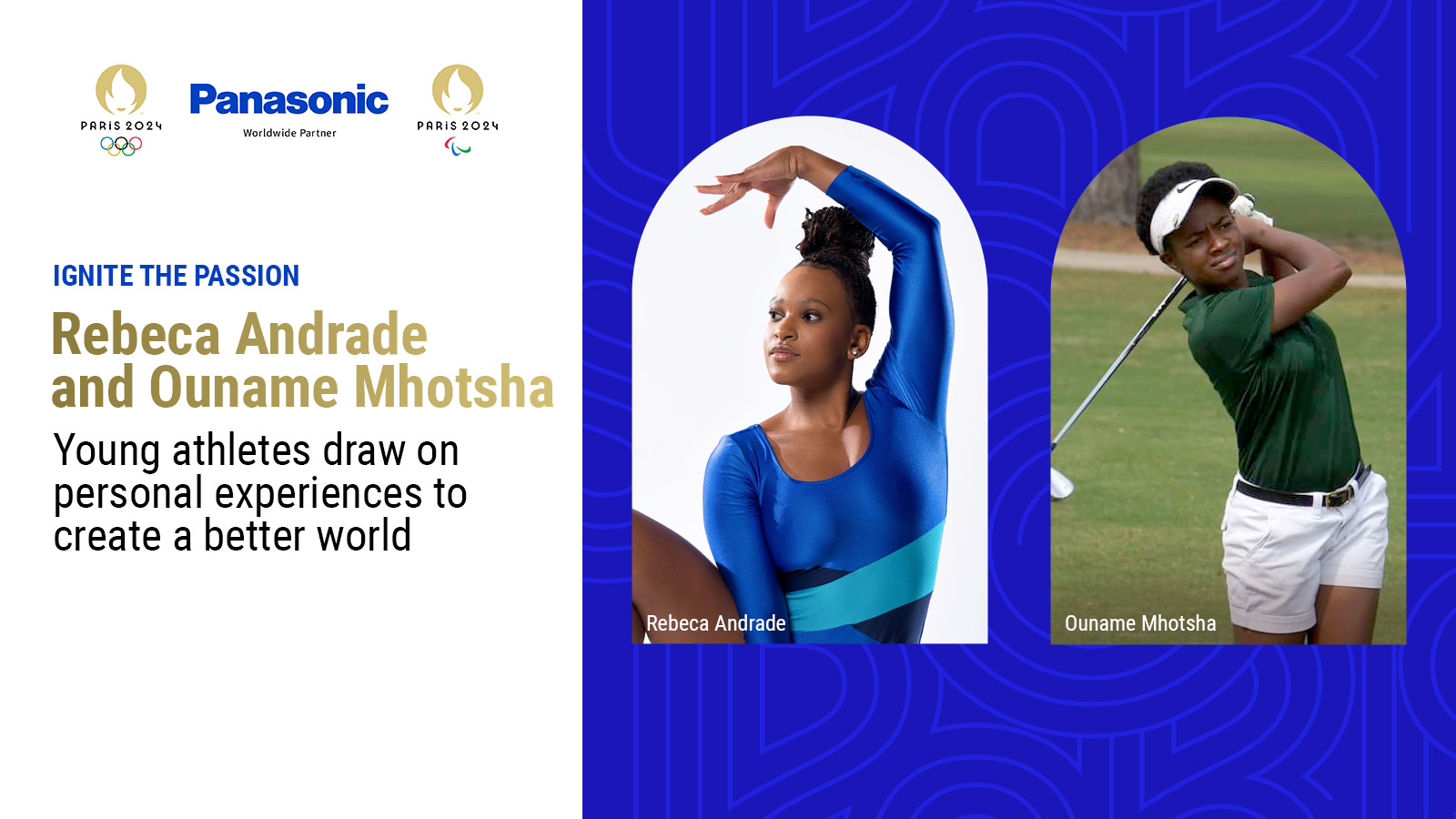
Apr 16, 2024
- Sponsorship & Events
- Feature Story
- Panasonic GREEN IMPACT
- Olympics Paralympics
- Latin America
- Athletes
Oct 21, 2011
Sponsorship & Events / Blog Posts
Tokai University Solar Car Team which used HIT®*1 solar cells boasting the world's highest level*2 of energy conversion rate, as well as high-capacity lithium-ion batteries provided by Panasonic as part of its sponsorship agreement with the team, won the 2011 World Solar Challenge (WSC), one of the world's largest solar car race which was held from October 16, 2011 in Australia.
The WSC is a solar car race competition that starts from Darwin in the north of Australia down to Adelaide in the south, traveling a total distance of 3,021 km. This year's race started on October 16, 2011. Although the Tokai University team started at the qualifying position of fifth place, from the start, the team took the lead and continually increased its leading position throughout the entire race. The solar car ran smoothly without any trouble to finally reach the finish line at Adelaide on October 20, 2011.
The WSC announced Team Tokai from Japan did their country proud as they crossed the finish of timing line first in the Veolia World Solar Challenge today at 1.07 pm Darwin time. They took 32 hours and 45 minutes to drive their car, Tokai Challenger2, 3021 kilometres on solar power averaging a speed of 91.54 kilometres per hour.
The jubilant team and support crew celebrated at the finish line in Angle Vale before making their way to the official ceremony in Adelaide's Victoria Square. Champagne flowed and the traditional fountain dunking entertained the waiting crowds.
Panasonic HIT solar cells are hybrids of single crystalline silicon surrounded by ultra-thin amorphous silicon layers. With high conversion efficiency, excellent temperature performance, and high energy output per unit area, the cells are ideal for obtaining maximum power within a limited space, greatly lifting the performance of the solar car in the WSC where regulations limit the total area of solar cells that can be installed on the body.
Panasonic also provided cylindrical 18650-type high-capacity lithium-ion rechargeable batteries. These high-capacity, long-enduring, and lightweight batteries utilize Panasonic's proprietary nickel-based positive electrodes and have the highest level of energy density in the industry. They can operate for long periods of time and can be linked in lightweight battery pack arrays.
Tokai University team's winning performance at this year's WSC proved the significance and superior performance of Panasonic's HIT solar cells and high-capacity lithium-ion batteries.
Panasonic's Reports of the World Solar Challenge 2011:
(Notes) 1: As a mass-produced, residential solar power generation system, based on Panasonic's survey; as of March 2011. 2: HIT stands for Heterojunction with Intrinsic Thin-layer; heterojunction means a combination of amorphous and crystalline structures; intrinsic refers to intrinsic or i-type semiconductors.
The content in this website is accurate at the time of publication but may be subject to change without notice.
Please note therefore that these documents may not always contain the most up-to-date information.
Please note that German, French and Chinese versions are machine translations, so the quality and accuracy may vary.